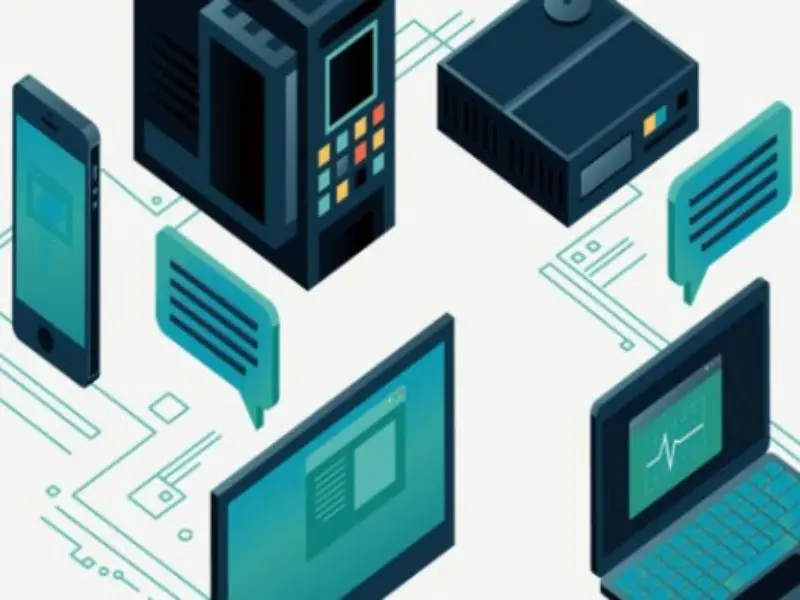- The network devices have become essential tools for communication and connectivity.
- These devices are run by operating systems that help manage and control their functions.
In the realm of networking, various devices play crucial roles in managing and facilitating the flow of data. Interestingly, many of these devices rely on operating systems to function effectively. Network devices are the building blocks of modern communication infrastructure, and their operating systems are the brains behind their operation. Understanding the role of operating systems in these devices helps in making informed decisions when designing and managing network systems. This blog will explore five types of network devices that utilise operating systems to perform their tasks.
1. Routers
Routers stand as quintessential network devices, employing operating systems to perform their pivotal role in directing data traffic. Routers possess the capability to forward data packets between diverse computer networks, and the embedded operating systems within these devices facilitate crucial tasks such as controlling network traffic, managing internet access with precision, and securing connections from potential threats.
Also read: Do electric cars need cooling systems?
2. Switches
Switches extend the network’s reach by connecting multiple devices within a network, enabling seamless communication among them. Equipped with operating systems, switches can efficiently manage port configurations, VLANs (Virtual Local Area Networks), and regulate data transmission rates. These systems are pivotal in optimising network performance and ensuring that data flows efficiently and securely across the network.
3. Firewalls
Firewalls serve as the guardians of network security, utilising operating systems to regulate both incoming and outgoing traffic. They implement stringent security policies, block malicious traffic, and vigilantly monitor network activity to detect and respond to security incidents. The operating systems on firewalls allow for the configuration of complex rules and settings, forming the first line of defence in protecting valuable network assets.
4. Access Points
Access points facilitate wireless communication within a network, converting wired networks into wireless ones. They rely on operating systems to set up and manage wireless settings, handle numerous connections simultaneously, and guarantee the secure transmission of data. These operating systems are crucial for optimising wireless performance, ensuring stable connections, and troubleshooting any connectivity issues that may arise.
Also read: The long-term benefits of UPS systems
5. Servers
Servers represent the workhorses of the network, harnessing the power of operating systems to host, manage, and distribute data, applications, and services. Servers provide resources for client devices within a network, allowing users to access and utilise shared resources such as files, printers, and applications. The operating systems on servers are tasked with handling client requests, managing user permissions and access levels, and maintaining the integrity and security of stored data.
6. Network attached storage (NAS) devices
NAS devices are specialised network devices that use operating systems to provide centralised storage and file management capabilities. They connect to a network, allowing multiple users and devices to access, store, and share files securely. An example of an operating system for NAS devices is Synology’s DiskStation Manager (DSM), which provides a user-friendly interface and a range of applications for data management, backup, and multimedia streaming. NAS devices, with their dedicated operating systems, have become increasingly popular for both home and business environments, offering a versatile solution for data storage and sharing that complements other network devices and systems.

